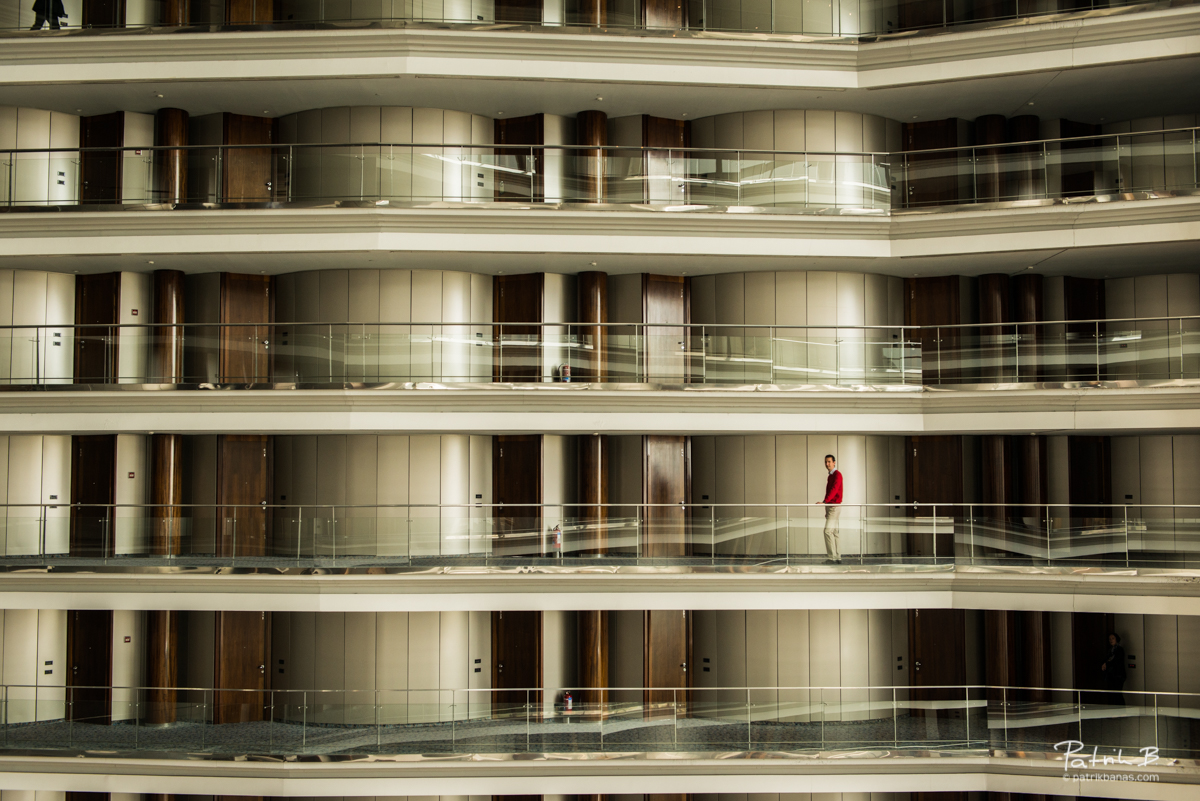
Having a strong silhouette against the soft pretty light and outline of the harbour in the background is great. It wasn’t working, but as soon as I moved towards this exposure the photo immediately worked. In the shots I took before I captured this frame, I didn’t have the man in shadow. It’s developing that sense of going beyond your subject and thinking of the whole frame (many people fall into the trap of putting all of their attention on their subject (I call it Subject fixation) so much they aren’t building their whole frame). Looking for space around your subject is an excellent habit to develop.
NEGATIVE SPACE IMAGE HOW TO
I am always looking to show people how to compose images, to define elements in the world and build relationships between them with space. This photo above has two elements of negative space – can you see them? And how I have used them to create negative space? Using the technique of negative space is a great way to create this depth in a photo. This brings about that separation I want between my subject and its background, very useful especially when using a wider lens. I look for more negative space when I’m shooting with lots of DoF. You can of course use depth of field (DoF) to separate your subject from the background, but it does give a different feel to the image than negative space would. I think negative space really helps with: As long as there is enough to create depth in your photo and impact with your subject. But it doesn’t have to be totally around the subject. This photo is not pure negative space because the sky has clouds. The plain background and the colours are very powerful, and they really help to define the shape of the subject. The photo above is an easy way to see the power of negative space. – How can I find an opportunity to create space or a clean background around my subject? So I like this technique of negative space because it is an easy way to think: It can be challenging to shoot people, especially out and about on the street or at an event, because you are working so much on capturing the person at ‘just the right moment’ that you forget what is behind them. You can use shallow depth of field (Dof) as another technique to separate subjects from a background when things are complex and busy, but using negative space means a deeper depth of field is still an option for you. One very common thing I see when looking at people’s images is that they place really interesting subjects on busy backgrounds – especially when photographing people. (And it case it wasn’t obvious, positive space is the space your subject is filling.) Unlike in the photo of the branch further above, where the subject is on white sky, it was important to have a contrasting colour in this photo. And you can see, too, that the background colour and texture is important. You could also consider it as a sort of breathing room around the subject.Ĭan you see how placing the man against the bright yellow background gives him definition and more impact? That swish of his cassock would be hard to see with a busier background. The concept of negative space has been used for hundreds of years in art and design to define and create impact for the subject.

Without it your subject, if not obvious, can get lost in the sea of information and competing elements. In a sense it is what defines your subject within the frame of the photo.


Can you see how the sky makes the dark branch and bird really pop out of the image? There are no distractions, so you can very clearly see the shape of the branch and the bird. Nice simple image that shows both negative and positive space clearly. It will make your subject stand out, or ‘pop’ out of the image. This ‘negative space’ behind your subject, will help define the shape of your subject. The aim of negative space is to place your subject on an unobtrusive background of space or colour. The aim of negative space is to help define your subject, and create more impactful photos. Today I want to share a well-known composition technique that is both easy to understand and practise – and will create and easy to put into practise. “Good composition is merely the strongest way of seeing.” Edward Weston


 0 kommentar(er)
0 kommentar(er)
